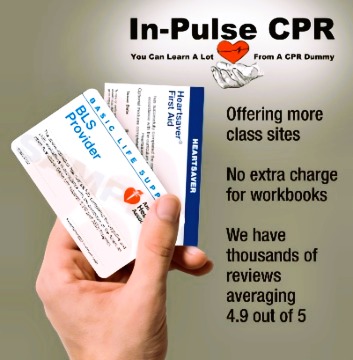❤️ A Simplified Explanation of the new AHA 2025 Updates Explained
What’s Happening
The American Heart Association (AHA) just shared new rules about CPR and heart health. These updates help everyone — from teachers to parents to students — know the best ways to save a life and keep our hearts healthy.
Big Changes for CPR
- 🫁 One Easy Plan for Everyone: There’s now one main “Chain of Survival” to follow in any emergency, for kids or adults, at home or in the hospital.
- 🚨 New Way to Help Someone Choking: Give 5 back blows, then 5 belly thrusts, and keep switching until they can breathe or go unresponsive. For babies, use 5 back blows and 5 chest pushes — no belly thrusts for infants.
- 💊 Help for Opioid Emergencies: If someone has overdosed, use naloxone (Narcan) right away and start CPR if needed.
- ❄️ Cooling After Cardiac Arrest: Doctors now keep the body cool for at least a day and a half (about 36 hours) after a person’s heart stops, to protect the brain.
- 👩🏫 Learning CPR Young: Kids age 12 and older can now be officially trained in CPR and AED use — helping more people learn to save lives.
New Tips for Healthy Blood Pressure
- 💓 Keep It Under 130/80: The “safe zone” for blood pressure stays the same, but doctors say we should work on lowering it sooner to avoid heart and brain problems.
- 🧮 New Risk Calculator: The AHA now uses something called the PREVENT™ Equation to figure out a person’s risk for heart disease.
- 👶 Special Care: There are new rules for people with kidney problems, moms-to-be, and those who have a hard time controlling blood pressure.
- 🥗 Healthy Habits First: Eat lots of fruits, veggies, whole grains, and lean proteins. Be active, sleep well, and find ways to relax.
Why It Matters
These new guidelines help people act fast in an emergency — and help everyone keep their hearts strong. When more people know CPR and make healthy choices, more lives can be saved.
Learn CPR with In-Pulse CPR
At In-Pulse CPR, we teach the newest AHA methods in our fun, hands-on classes. You can find classes for schools, workplaces, and families in Minnesota, Florida, Pennsylvania, and Tennessee.



